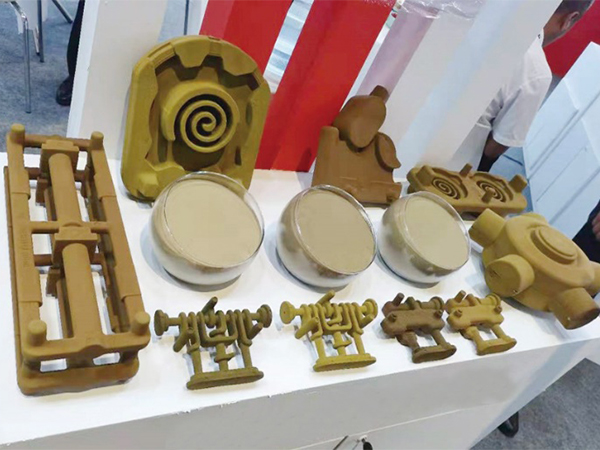3D Sand Casting Revolutionizing the Metal Casting Industry
In the ever-evolving landscape of manufacturing, 3D sand casting has emerged as a groundbreaking technology that is reshaping the way we approach metal casting processes. Combining traditional methodologies with advanced 3D printing techniques, 3D sand casting offers significant advantages in terms of precision, efficiency, and cost-effectiveness.
3D Sand Casting Revolutionizing the Metal Casting Industry
One of the most notable benefits of 3D sand casting is its ability to reduce lead times. Traditionally, creating molds for metal casting was a time-consuming process, often requiring several weeks or even months, depending on the complexity of the part. With 3D printing, molds can be produced in a matter of days, significantly speeding up the production cycle. This rapid prototyping capability not only allows manufacturers to respond more quickly to market demands but also enables them to iterate designs with greater efficiency.
3d sand casting

Moreover, 3D sand casting is particularly advantageous in producing intricate and lightweight components. The versatility of the 3D printing process permits the incorporation of complex geometries that are often infeasible with conventional casting techniques. As a result, manufacturers can produce lighter parts that maintain strength and durability, making them ideal for industries such as aerospace, automotive, and marine.
The cost-effectiveness of 3D sand casting is another compelling reason for its rising popularity. Traditional molds can be expensive and often require a significant investment in tooling and setup. In contrast, 3D sand casting minimizes these costs by reducing the need for extensive tool production and allowing for more efficient use of materials. Since the process generates only the necessary amount of sand for the molds, there is also a substantial reduction in waste, aligning with the industry's growing focus on sustainability.
Furthermore, 3D sand casting facilitates customization. As markets demand more specialized and bespoke products, manufacturers can easily adjust their designs without incurring substantial costs. This flexibility not only enhances customer satisfaction but also opens new avenues for innovation.
While 3D sand casting is not without its challenges, such as material limitations and the need for further technological advancements, its benefits are undeniable. As the industry continues to embrace digital manufacturing processes, 3D sand casting stands out as a pivotal development in the quest for more efficient, sustainable, and cost-effective metal casting solutions. As research and technology progress, we can expect 3D sand casting to play an increasingly critical role in the future of manufacturing, driving innovation and setting new standards within the industry.
Post time:Sht . 29, 2024 04:19
Next:The History and Origin of Sand Casting Techniques in Metalworking
